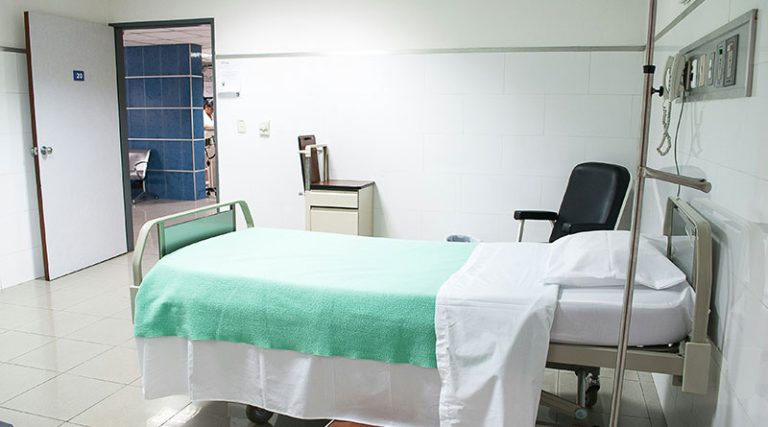NHS staff delivered a record 18 million treatments in 2024, as the waiting list fell in December for the fourth month in a row.
The overall backlog has dropped again from 7.48 million to 7.46 million, while the estimated number of patients waiting is down from 6.28 million to 6.24 million.
Monthly figures show that hardworking NHS staff delivered a record 18 million treatments in 2024, hundreds of thousands (4%) more than in 2023 (17.35 million) and 5% more than in 2019 (17.1 million).
In December alone, the NHS carried out 1.33 million treatments, up 6.5% on 1.25 million the year before.
The proportion waiting less than 18 weeks was 58.9%, up from 56.6% in December 2023.
As part of the ambitious elective care reform plan, the NHS is aiming to return to the constitutional standard of treating 92% of patients within 18 weeks by March 2029, and to get to 65% by March 2026.
The number waiting more than a year for treatment fell to 200,375 making up just 2.7% of the overall waiting list – the lowest proportion since August 2020.
Thanks to the continued expansion of community diagnostic centres, the NHS also delivered more than 28.3 million tests and checks in 2024 – a record year – up a fifth on 23.6 million in 2019 and up 7% on 26.5 million in 2023. NHS staff delivered 2.24 million checks in December alone, up 21% on 1.85 million in 2019.
The NHS met the faster diagnosis standard for cancer again in December with 78.1% of people receiving the all clear or a definitive diagnosis. There were 20,000 more people diagnosed or given the all clear within the standard compared to the same month last year (190,571 in December 2024, compared to 170,155 in December 2023).
Despite huge pressures on the NHS in January with soaring levels of winter illnesses like flu and norovirus, high bed occupancy and difficulties discharging patients, 73% of patients were seen within 4 hours in A&E. This was both an improvement on the month before (71.1%) and the same month last year (70.4%).
An average of 14,087 beds were taken up by patients who were medically fit for discharge each day last week, the highest so far this winter.
Health and Social Care Secretary, Wes Streeting, said:
“Through the Prime Minister’s Plan for Change, the government has already cut NHS waiting lists by almost 160,000 since July, through a combination of investment and reform.
“As we work to end the misery of people left stranded on NHS waiting lists, we will also continue to address the issues facing our A&E departments.
“Annual winter pressures should not automatically lead to an annual winter crises and we will soon publish our plan to improve urgent and emergency care services, so the NHS can be there for everyone when they need it, once again”.
Tim Gardner, Assistant Director of Policy at the Health Foundation, said:
“Today’s (February 13) figures further highlight the continuing strain on urgent and emergency care services this winter. January saw a new high of 61,529 patients waiting over 12-hours in A&E before being admitted to a hospital bed, the most since current records began in 2010.”
“Conditions this winter have been difficult but not exceptionally severe, and the NHS needs to be able to manage expected surges in demand without major impacts on patient care. Long waits in A&E departments, delayed ambulance responses and pressures on hospital capacity are all symptoms of an NHS that is running on empty.”
“The reasons for this are well known, a decade of underinvestment in the NHS and a lack of reform and capacity in community and social care services, resulting in delayed discharges.”
“It’s vital that the Government’s forthcoming 10-Year Health Plan and Spending Review provides the right mix of reform and investment to create a more resilient NHS that’s fit for the future. Winter pressures are inevitable, an annual NHS crisis is not.”

